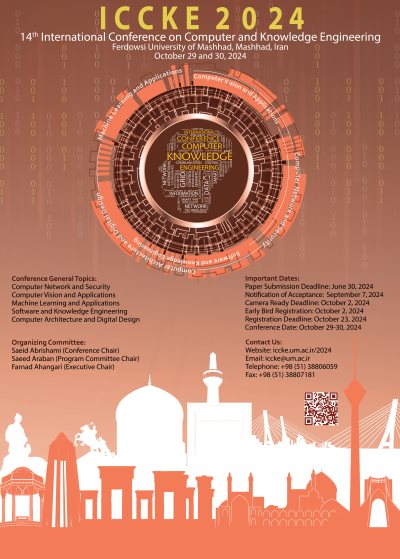0% Complete

Authors :
Keywords :
Abstract :
List of archived papers
Ali Sabet Akbarzadeh - Abedin Vahedian
Bahareh Asadpour Dasht Bayaz - Mahdi Saadatmand - Fabrice Wallois
Ali Salmasi - Ehsanollah Kabir
Kamyar Nasiri - Kamaledin Ghiasi-Shirazi
Dara Rahmati - Mohammad Hadi Foroughi - Ali Bagherzadeh - Mehdi Foroughi - Saeid Gorgin
Shima Esfandiari - Ashkan Sami
Athareh Fatemian - Bahman Zamani - Marzieh Masoumi - Mehran Kamranpour - Behrouz Tork Ladani - Shekoufeh Kolahdouz Rahimi
Aref Farhadipour - Pouya Taghipour
Mohammad Mehdi Naseri - Shima Tabibian - Elaheh Homayounvala
Abolghasem Rezaei Khesal - Mehdi Teimouri



